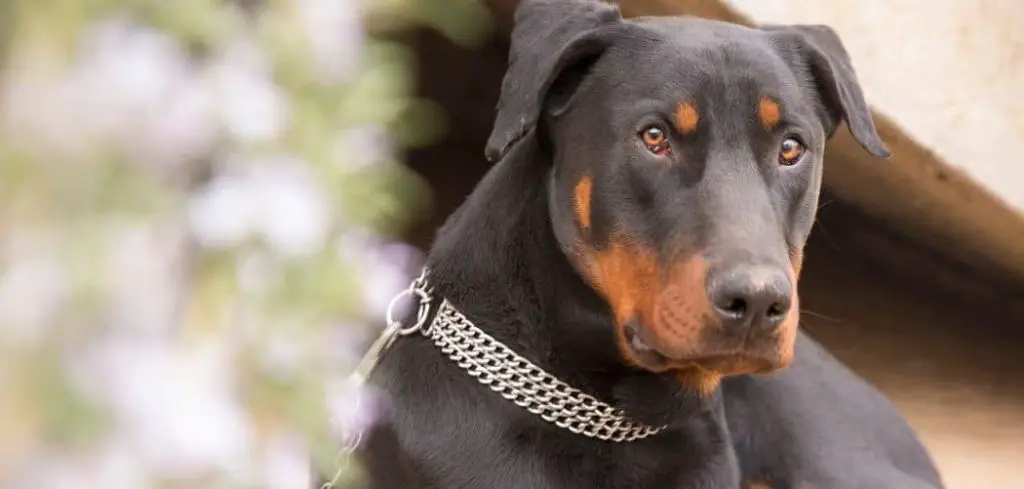A dog that is panting heavily and unable to poop can be experiencing more than just mild discomfort. These symptoms may indicate pain, or an underlying medical issue that needs attention.
We outline the common reasons why your dog is panting and can’t poop, what you can do at home, and when to seek veterinary help.
Table of Contents
Dog Panting and Can't Poop — Why It Happens
When a dog is panting and unable to pass stool, it often means they are experiencing pain, discomfort, or a blockage in their digestive tract. Constipation, intestinal blockages, dehydration, injuries, or even more serious conditions like pancreatitis can all cause these symptoms.
Straining without results may cause panting due to pain and exertion.
Panting can also be a stress response when your dog is anxious or uncomfortable from their inability to defecate.

Dog Panting and Can’t Poop: Common Causes
Constipation
Constipation is one of the most common reasons for a dog to pant and struggle to poop.
When stool becomes hard and difficult to pass, your dog may strain repeatedly without success. The effort and discomfort can cause heavy panting.
You might also notice decreased appetite, lethargy, or small amounts of liquid stool leaking around a blockage. Chronic constipation can be painful and may require veterinary treatment.
Read more: Dog Panting and Can’t Walk (Here’s why)
Intestinal Blockage
An intestinal blockage occurs when something physically prevents stool from passing through the digestive tract.
This could be caused by swallowed objects, bones, or large clumps of hair. Blockages are extremely serious and can quickly become life-threatening.
Dogs with blockages often pant from pain, refuse food, vomit, and may whimper or appear restless.
Dehydration
Dehydration can make stool dry and hard, making it difficult for your dog to pass.
When your dog is dehydrated, panting may worsen as the body tries to regulate temperature and cope with the lack of fluids.
Other signs of dehydration include sunken eyes, dry gums, and lethargy.
Enlarged Prostate (in Male Dogs)
In male dogs, an enlarged prostate can press against the rectum and make it difficult to poop.
This condition is more common in older, unneutered males. Straining and panting may be accompanied by changes in urination patterns.
This issue requires veterinary evaluation and treatment.
Anal Gland Problems
Impacted or infected anal glands can make defecation painful.
A dog with sore anal glands may strain to pass stool, pant from discomfort, and scoot their bottom on the floor.
Untreated anal gland issues can progress to abscesses and severe pain.
Pancreatitis
Pancreatitis causes inflammation of the pancreas, leading to abdominal pain, panting, and difficulty defecating.
This condition is often accompanied by vomiting, loss of appetite, and lethargy.
Pancreatitis is a serious medical issue that requires prompt veterinary attention.
What to Do If Your Dog Is Panting and Can’t Poop
If your dog is otherwise alert and not in severe distress, you can try some gentle home care.
Encourage them to drink water to help soften stool and prevent dehydration. A short walk may stimulate bowel movement.
You can also offer canned pumpkin (plain, unsweetened) in small amounts, which may help ease mild constipation.
Make sure they have a calm, stress-free environment. Avoid forcing them to defecate or giving laxatives without veterinary guidance.
If there is no improvement within 24 hours, or symptoms worsen, seek veterinary care.
When to Call or Visit Your Vet
Seek immediate veterinary attention if your dog:
Is vomiting repeatedly
Appears in significant pain or distress
Has not passed stool for more than 48 hours
Has blood in the stool or around the rectum
Shows signs of bloating or a hard, distended abdomen
Panting and inability to poop can be signs of an emergency, especially if accompanied by other severe symptoms.
Read more: Dog Panting and Can’t Stand Up (Here’s Why)
Key Takeaway
A dog that is panting and can’t poop is not just uncomfortable — they may be experiencing pain or a potentially dangerous medical problem. While mild constipation may resolve with gentle home care, ongoing symptoms or signs of distress require prompt veterinary evaluation. Acting quickly can help prevent complications and get your dog comfortable again.
